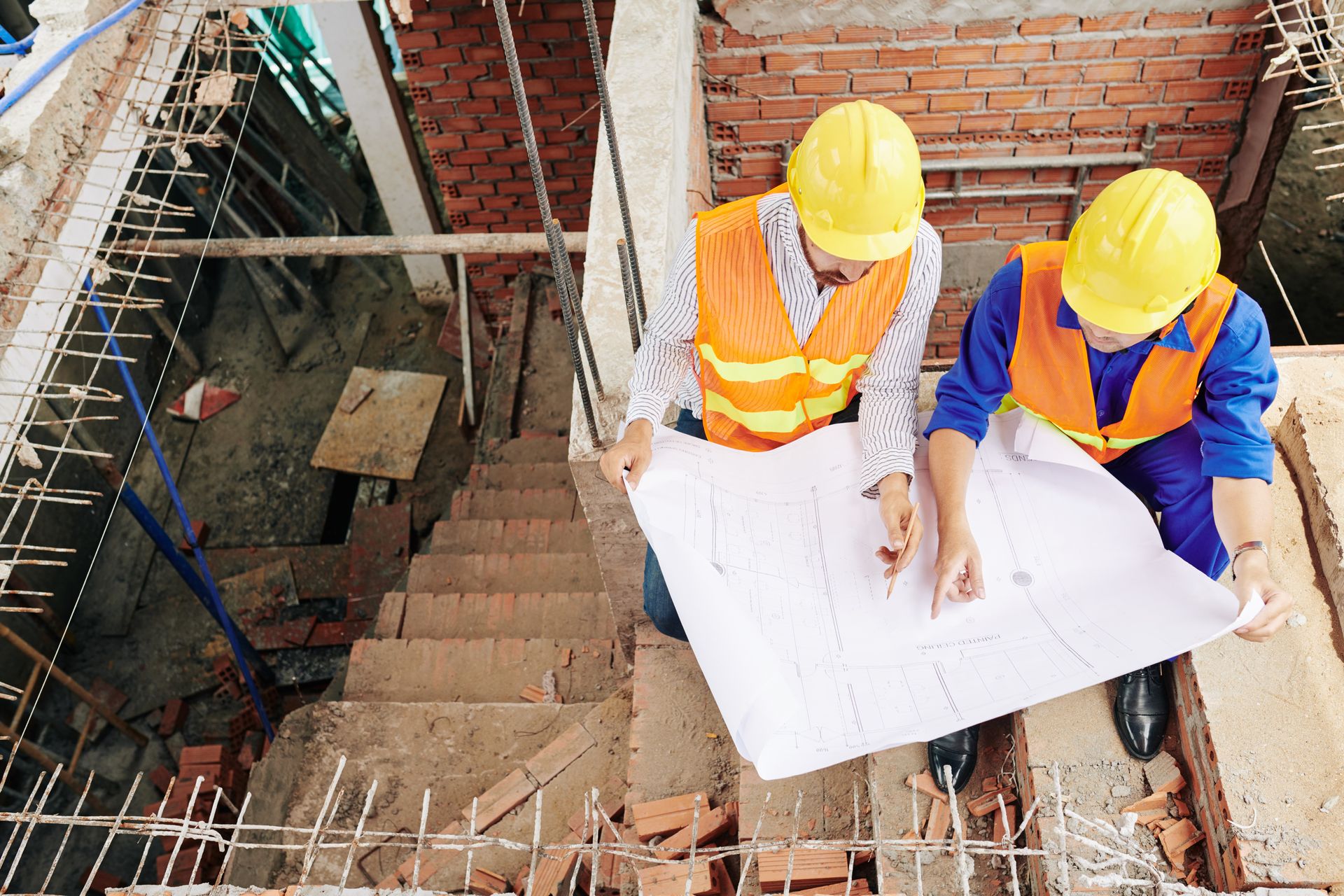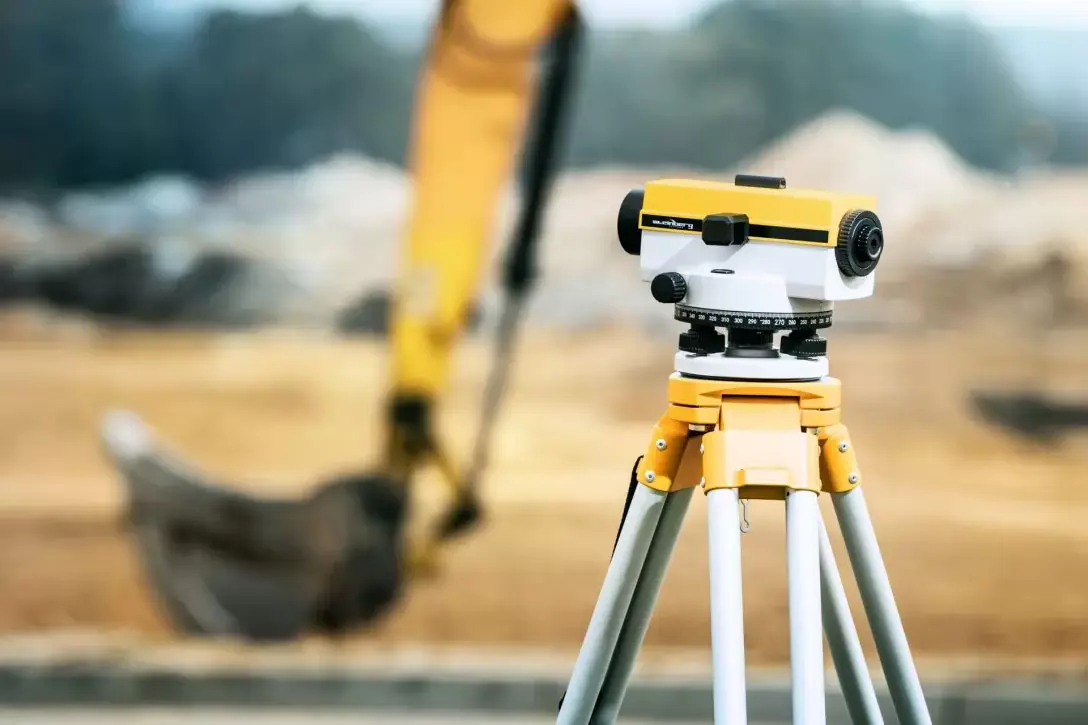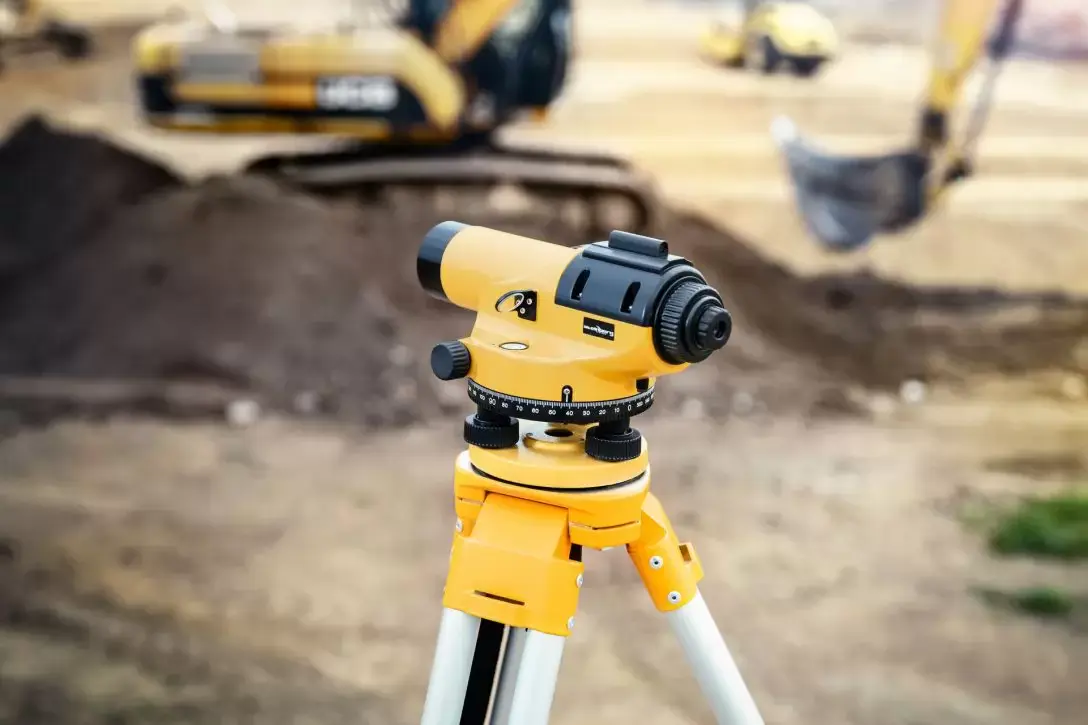Building a house is a considerable investment and requires both sufficient financial resources and proper planning. Such projects come with specific timelines. Read our article and find out about each stage of building a house and how to prepare for them.

Building a house is a considerable investment and requires both sufficient financial resources and proper planning. Such projects come with specific timelines. Read our article and find out about each stage of building a house and how to prepare for them.
How long does it take to build a house?
If you plan to build your own house, one of the first questions that probably came to your mind was “how long will it take?” The simplest answer is “it depends”. Each home is different, and as a result the amount of work, materials required and time needed will vary. A standard sized house built using traditional methods should be ready to move into after about 2 years.
However, with energy management currently a big issue, more and more people choose to build a passive house. When building a passive house, it is necessary to use solutions such as special thermal insulation, a recuperation system or solar cells, in order to reduce the heat requirements of the building. Such measures can result in a longer construction time, usually up to 3 years.
One of the fastest solutions available on the market is a timber frame house, which can be ready even after 90 days from starting construction. A light wooden frame made of wooden planks and beams is used. Such homes are very popular in the USA, Canada and Scandinavia, but are generally gaining popularity not only because of their quick construction, but also their relatively low cost and light weight. On the other hand, they are still treated by many as being less durable than standard masonry houses.
Building timeline
The timeline includes each stage of building your house along with the scope` of work and deadlines for completion of specific works. Creating such a step-by-step plan will make it much easier to build your house and reduce the risk of missing a crucial step.
Building a house: groundbreaking
The groundbreaking step consists of preparing the plot for the construction. First of all, cordon off the entire area, e.g. with a net fence or other temporary solution. This will protect the building site from uninvited guests.
Once you have done this, you can proceed to mapping out the exact location of the building. It is very important that you do not do this yourself. A qualified land surveyor should be responsible for levelling the land, as they have specialised surveying equipment at their disposal, providing precise data that is essential for necessary documentation.
The next stage, following basic earthworks, such as the levelling of the plot, is building the foundations and the basement with its ceilings, if a basement is planned that is. It is very important to properly insulate the foundations to prevent corrosion of the concrete, as well as distribute horizontal elements of the sewage system. A drainage system for moisture removal is also sometimes necessary.
The above works should take 1.5-2 months, and are best completed before winter.
Building a house: framing stage
The next step of building your house is the framing stage, which is best done not earlier than in early spring. This is one of the most expensive phases, as much as 45% of the whole budget!
At this stage you will be building the walls and the roof. Remember to leave openings for the windows and doors. If it is a two-storey house, concrete stairs are also built at this stage, as well as ceilings, chimneys and roof trusses. The roof is covered with the initial layers, including roofing felt.
The above scope usually takes from 2 weeks to 4 months.
Building a house: windows, doors and mechanicals
Works at this stage are aimed at preparing the building for the autumn and winter period, so it includes the windows and doors, as well as finishing the roof. Partition walls are erected inside the house.
At the same time the electrical, water and gas installations are fitted, so you should make sure this is done properly and safely. This should then be checked by a certified installer. If everything is ok, you can start to install the drywall panels and clean up after the rougher jobs.
It takes about 3-5 months to complete all the works in the above scope.
Building a house: finishing works
The final stage of building a house involves a list of finishing jobs, including:
- plastering the walls,
- flooring,
- tiling and finishing the bathrooms and kitchen,
- finishing the cellar and attic,
- painting walls (make sure to choose good quality painting supplies),
- wallpapering,
- fixtures in the bathrooms,
- lighting,
- plug sockets,
- installing the heating system.
External wall insulation is often done at this stage, although it is not a must. It can also be done later on.
When the finishing work is completed, the house is in turnkey condition, with only the furniture missing.
What should you pay attention to when building a house?
When building a house, not only the timeline is important, but also the design plans, which should be the first aspect you look into after buying the plot of land.
There are two ways to approach the topic of design plans for a private home – ready and tailor-made designs. The first option is much cheaper, and you simply need to choose ready-made plans with a specific cost estimate, type of materials used and more. A disadvantage is that your house will be less original, so it depends on your expectations. In addition, not all plans will be suitable for the shape or size of your plot of land.
Tailor-made designs are the other option. Although more expensive than ready-made designs, they will let you create your dream home. The architects can prepare a plan according to your requirements and expectations, taking into account the type of materials you want to use. Are you not sure what type of house to build? Read our other article and find out about the benefits of expanded clay houses.
Type of houses and the building stages
The various stages of building a house may differ depending on what type of design you go for. A timber frame house, for example, requires a slightly different approach than a masonry building. What is the difference?
Stages of building a timber frame house
As in the case of the traditional construction methods, building a timber frame house begins with land surveying and building the foundations. Here you can use either footings or a ground slab with or without a basement.
At this stage the first differences appear, because after the groundworks the frame structure should be erected. This involves the following steps:
- installing the pressure-impregnated substructure,
- erecting external walls with openings for windows and doors
- installation of a vapour-barrier where the partition walls and external walls meet,
- erection of internal walls with openings for doors,
- flooring and roofing.
The next phase is the framing stage in which the external wall sheathing is installed together with the wind insulation, and the roof is covered with roofing sheets or foil. A layer of roofing felt is applied to the roof to protect the interior from rain.
Once this is done, you can start work on the frame of the building. It consists of installing windows, doors, gutters and the roof covering. Plumbing, heating, electricity etc. are also installed at this stage. After laying cables and pipes, the house needs to be insulated e.g. using mineral wool, which is used to cover external walls and ceilings. Sound insulation is often installed, and the insulted frame is then covered with drywall panels, which later have to be plastered and sanded.
The last phase of frame house construction are all the finishing works. This is the same as for masonry houses. Internal doors and bathroom fixtures are installed, the floors are laid, the walls are tiled and painted, etc.
You should not forget about storing your tools after all. Qbrick System offers a mobile, versatile storage systems ranging from tool cases and toolboxes to dollies and other ways to safely store and optimally organise tools and materials of various sizes. Whether in the workshop, on the job site, or in your hobby room, this System TWO toolbox with 2 organisers and 2 dividers safely stores all your tools and keeps them within easy reach for you.
With its dimensions of 31 x 53.5 x 22 cm, this Toolbox is spacious yet portable and can be easily supplemented with other Qbrick System toolboxes and cases thanks to System TWO’s secure clip system.
QBRICK System’s 32 x 45 x 12.5 cm Toolbox PRO is a mobile, endlessly combinable storage system of toolboxes, transport trolleys, and other storage options.
Necessary tools at each stage of building a house
Each stage of building a house requires completely different tools. Depending on how much you will be able to do yourself and for which tasks you will use contractors, you will need various types of construction equipment.
At the groundworks stage, when you will need to prepare the land and build the foundations, digging tools will be essential. This could be either a hand shovel or a mini digger. For the foundations, you will need a cement mixer. You will also need a vibrating plate to compact the soil after backfilling the foundations.
When erecting brick walls, you will need equipment and accessories for bricklaying, e.g. a trowel, a rubber mallet for tamping, a saw for cutting concrete blocks, a mortar mixer etc. For installing the windows, doors and mechanicals it is safer to use the services of specialised contractors, in order to make sure that the electrical system will not be a fire hazard and the water pipes will not leak.
At each stage you will also need a variety of hand and power tools to assemble the various elements. For example, you will need a cordless electric screwdriver to attached the drywall panels to the partition walls, and a wall sander to smooth the surface after plastering. If you plan to cut panels and other wooden elements, you will also need a jigsaw.
Before starting any work, plan exactly what you want to do, which will make it easier for you to choose the right equipment.
Stages of building a house – summary
Building a house is a long process and requires preparation and commitment at every stage. Knowing what to expect will certainly help you make your dream of your own house come true. We trust that after reading this article you will feel more comfortable with the topic.
Are you interested in construction and would you like to give it a go professionally? If so, why not set up your own business. You will find tips on how to start a construction business in another one of our articles.

















Share